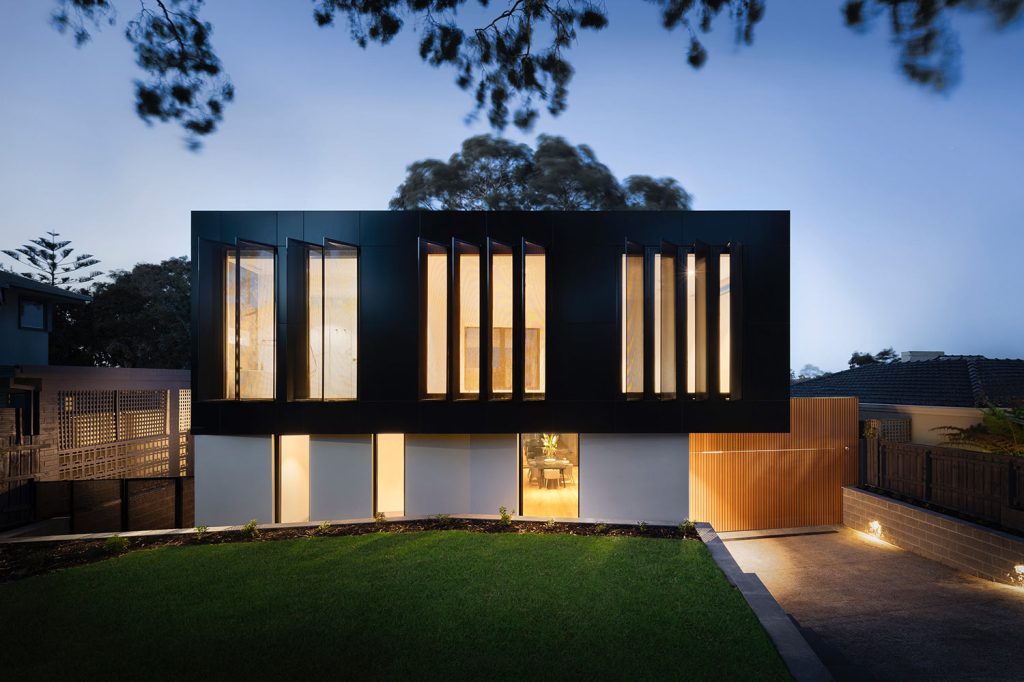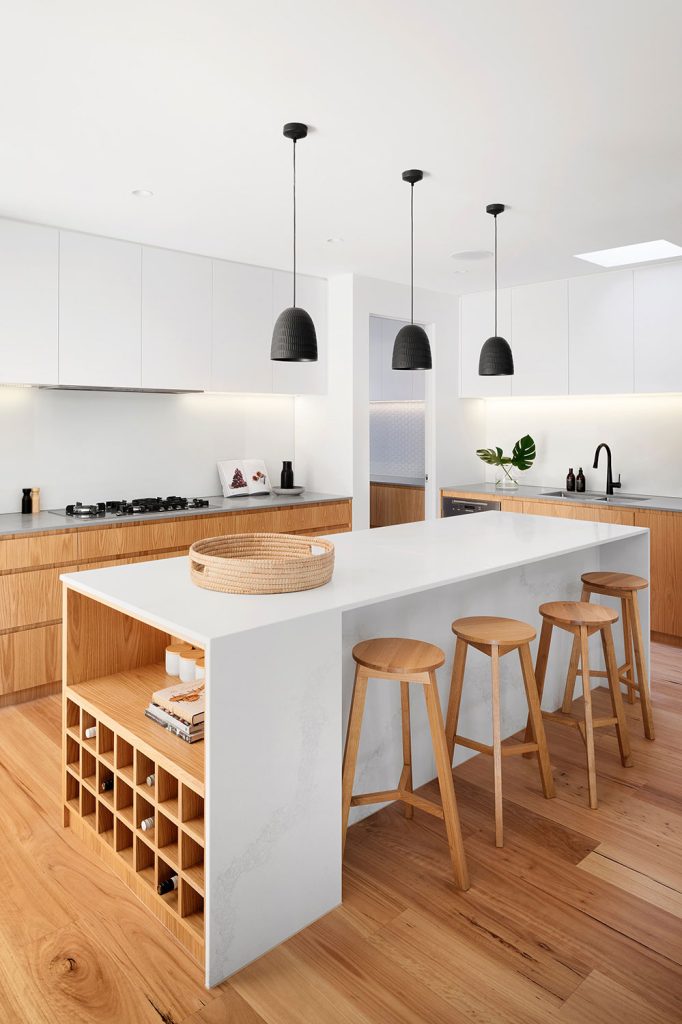
IP
Security
CCTV Surveillance System
A CCTV (Closed-Circuit Television) surveillance and access control system is necessary for any building or property owner to have as these are system designed to enhance security and monitor suspicious activities in a specific area or premises. The system combines both video surveillance technology with access control mechanisms to provide a comprehensive security solution.
A CCTV surveillance system consists of multiple cameras strategically placed around the premise to capture and record video footage. These footages are typically recorded and stored for later review. The main purpose of a CCTV surveillance system is to:
Monitor: Camera continuously captures footage allow real time monitoring of activities
Deterrence: Visible cameras can act as deterrence to potential criminals and discouraging unlawful activities to occur on the premise.
Investigation and Evidence: Recorded video footage can be reviewed at a later date and can be legal evidence for legal proceedings.
Remote Access: Many modern CCTV system offer remote access enabling users to monitor live video feeds anywhere and anytime with an internet connection.
Access Control System
An access control system regulates and manages entry to specific areas within a premise. They allow authorized individuals into certain areas while restricting entry to unauthorised personnel. This can be all done from a combination of access cards/key fobs, access readers, access control panels and a door locking mechanism. The main purpose of an access control system is to:
Entry Management: Control and manage access entry to certain areas within the premise.
Security Enhancement: Preventing unauthorised access resulting in a reduction of the risk of theft and vandalism.
Audit Trails: Maintain a record of access events which logs can be accessed at a later date for investigation purposes.
Integration with Other Systems: Access control system can integrate fully with a CCTV surveillance system to enhance overall security and to provide a comprehensive security solution.
Intercom
The intercom system in buildings is a communication system that allows individuals in different areas or rooms of a building to communication with each other. The primary purpose of the intercom is to facilitate quick and convenient communication between individuals in different parts of the building without the need for physical proximity.
Internal Communications: Intercoms can enable instant communication between different areas of a building, such as floors, rooms, or entry/exit points.
Security and Access Control: Intercom systems are often integrated with access control systems to verify the identity of individuals seeking entry into a building or specific areas.
Emergency Communication: During emergencies, intercom systems are crucial for broadcasting announcements, alerts, or instructions to occupants throughout the building.
Visitor Management: Intercoms at building entrances or gates allow visitors to communicate with the occupants or the reception desk before being granted access.
Alarm
An alarm system in a building is designed to detect and alert occupants of potential dangers or emergencies. It consists of sensors, control panels, and audible or visual devices that are strategically placed through the building. The main purposes of alarms are to:
Intrusion Detection: Building alarm systems often include intrusion detection components such as door/window sensors, motion detectors, and glass break detectors. These devices monitor for unauthorised access or break-ins and triggers the alarm when a breach is detected.
Emergency Situations: Alarm systems can notify occupants during various emergency situations.
Peace of Mind: Beyond the immediate functionality, having an alarm system provide occupants a peace of mind. Knowing there are measures in place to detect and alert occupants of potential dangers or emergencies allows individuals to feel more secure and confident in the building environment.





